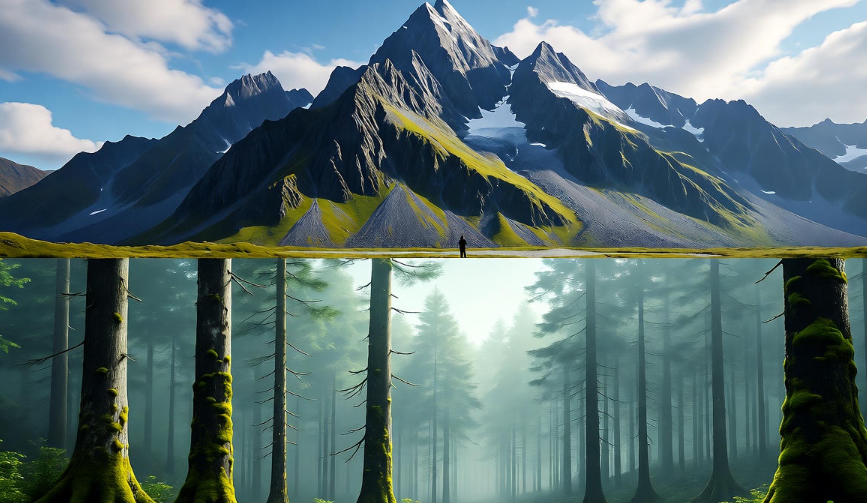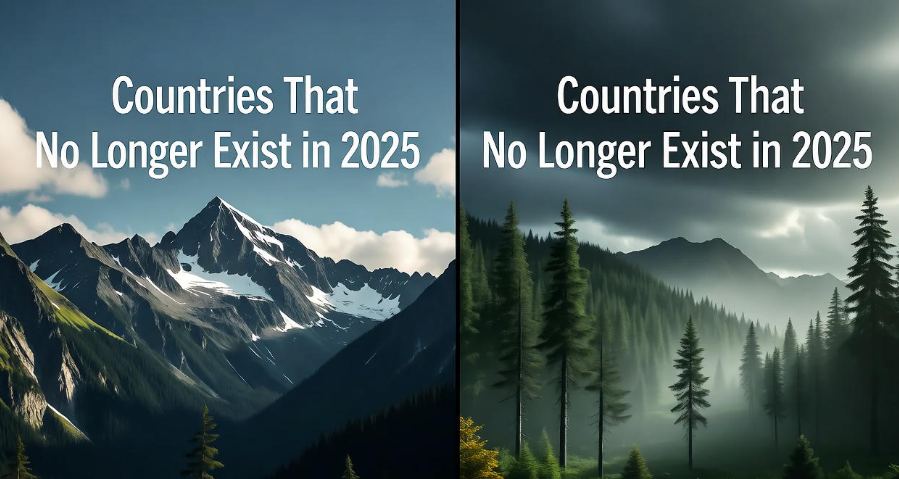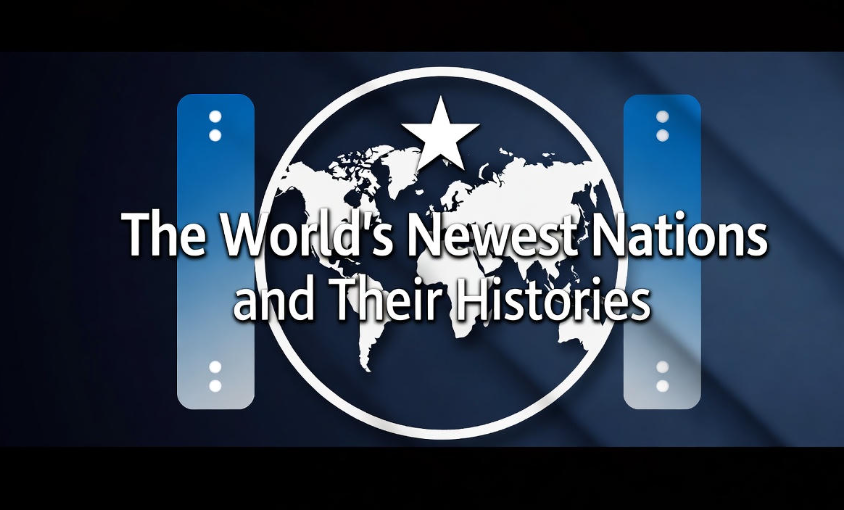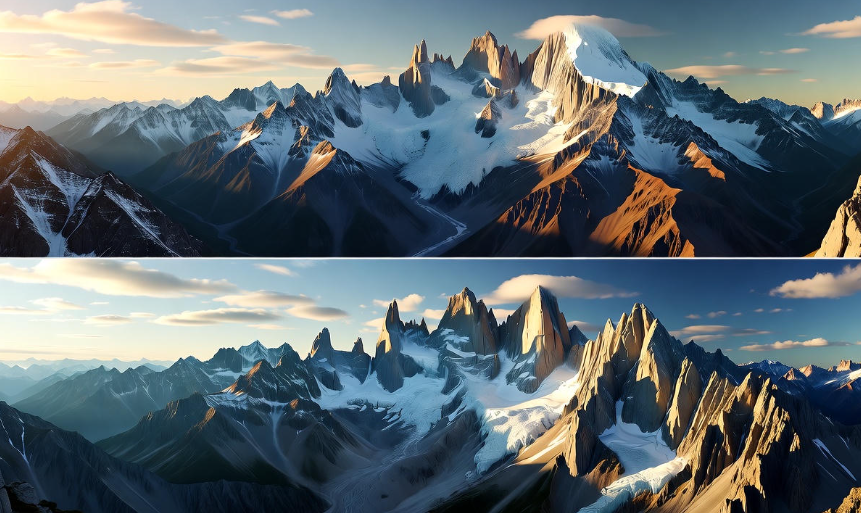Have you ever wondered why people in different countries live so differently, even if they speak the same language or share similar history? The answer often lies in geography. Geography is not just about mountains, rivers, or deserts; it deeply influences how people think, live, eat, and even celebrate. Let’s explore how the physical world around us molds culture in ways you might never have noticed.
Climate Influences Lifestyle and Traditions
The climate of a region strongly impacts how people live. For instance, in colder regions like Scandinavia, people have traditions centered around staying indoors and close to family during long winters. This has given rise to cozy home culture, indoor games, and warm foods.
On the other hand, in tropical regions like Southeast Asia, communities spend more time outdoors, celebrate vibrant festivals, and develop light clothing suitable for hot weather.
Geography Shapes Cuisine
The types of food available in a country often depend on the local geography. Coastal countries, such as Japan and Portugal, have diets rich in seafood. Countries with fertile plains, like India and Egypt, rely heavily on agriculture, so grains, fruits, and vegetables dominate their cuisine. Mountains also play a role: for instance, the Andes influence Peruvian diets with potatoes and maize, while high-altitude Tibet favors barley and yak milk products.
Rivers and Waterways Influence Trade and Interaction
Rivers, lakes, and oceans are more than just water sources—they shape culture through trade, migration, and communication. Countries like Egypt and China developed along major rivers, which encouraged trade, agriculture, and the rise of ancient civilizations.
Waterways allow cultural exchange, bringing new ideas, foods, and languages. This is why port cities like Venice or Istanbul are cultural melting pots.
Mountains and Isolation Lead to Unique Traditions
Mountainous regions often isolate communities, creating unique languages, art forms, and traditions. For example, Switzerland has four official languages because mountain valleys historically kept communities separated. Similarly, the Andes mountains in South America led to distinct indigenous cultures with unique music, clothing, and rituals.
Deserts and Adaptation
Deserts challenge human survival and creativity. People living in deserts, like the Sahara, developed nomadic lifestyles. Their culture revolves around mobility, water conservation, and storytelling traditions that thrive in tents or around fires. Architecture also adapts, with thick walls and small windows to keep homes cool.
Urban Geography Shapes Modern Culture
In cities, geography still plays a role. Coastal cities often develop port economies and cosmopolitan cultures, while landlocked cities may focus on industry or farming. ️ Urban geography influences lifestyle, entertainment, and even fashion. For instance, cities near mountains may promote skiing and hiking, while coastal cities celebrate beach culture.
Tables for Quick Insights
| Geographic Feature | Example Countries | Cultural Influence |
|---|---|---|
| Mountains | Switzerland, Nepal | Unique languages, art, clothing, festivals |
| Deserts | Egypt, Saudi Arabia | Nomadic lifestyle, special architecture, water conservation |
| Rivers | Egypt, China | Agriculture, trade, early civilization |
| Coastal Areas | Japan, Portugal | Seafood-based cuisine, maritime trade, cultural diversity |
| Plains | India, USA | Agriculture-driven diet, farming festivals |
Geography Affects Language and Communication
Geography can even shape the way people speak. Isolated regions develop dialects or entirely new languages. Harsh terrains, like mountains or dense forests, make travel difficult, reducing interaction between communities. This separation encourages linguistic diversity and preserves traditional storytelling, songs, and oral history.
Festivals and Cultural Practices
Many festivals emerge because of geographical conditions. For example:
-
Japan’s Cherry Blossom Festival celebrates the seasonal bloom of cherry trees.
-
India’s harvest festivals like Pongal and Baisakhi are tied to fertile plains and agricultural cycles.
-
In snowy regions, winter sports festivals and holiday celebrations around indoor gatherings dominate. ⛷️
Architecture and Housing
Geography dictates how people build homes. In earthquake-prone Japan, buildings are designed to withstand tremors. In hot deserts, homes have thick mud walls to stay cool. Coastal regions favor stilt houses to avoid floods. Even the materials used—stone, wood, or mud—depend heavily on what the land provides.
Clothing and Fashion
Geography shapes clothing styles. ❄️ Cold climates require wool, fur, and layers. Tropical climates favor cotton, linen, and breathable fabrics. Traditional clothing often reflects not just weather, but the culture’s connection to the land. For example, the Inuit use animal skins, while desert tribes wear loose, flowing garments to protect from heat and sand.
Sports and Recreation
Even recreational activities are influenced by geography. Skiing thrives in snowy regions, surfing in coastal areas, and camel racing in deserts. ♂️ Geography dictates which sports and games become central to a culture and even national identity.
Transportation and Mobility
The landscape affects how people travel, which in turn shapes culture. Countries with rivers and coasts may rely on boats, while mountainous regions develop unique paths, trails, or cable systems. The mode of transportation influences trade, social interaction, and even storytelling traditions.
Globalization vs. Geography
While globalization connects cultures, geography still leaves a lasting imprint. Even with the internet, people in different climates eat differently, dress differently, and celebrate different festivals. Geography provides the foundation, and culture evolves on top of it.
-
Read next: How Climate Change Is Redrawing World Maps
Interesting Examples Across Continents
-
Africa: The Sahara creates nomadic cultures, while the Nile fosters settled farming communities.
-
Europe: The Alps encouraged separate cultural identities within small regions. ️
-
Asia: The monsoon climate of India affects festivals, farming, and diet. ☔
-
Americas: Andes mountains preserved Incan traditions, while plains supported large-scale agriculture.
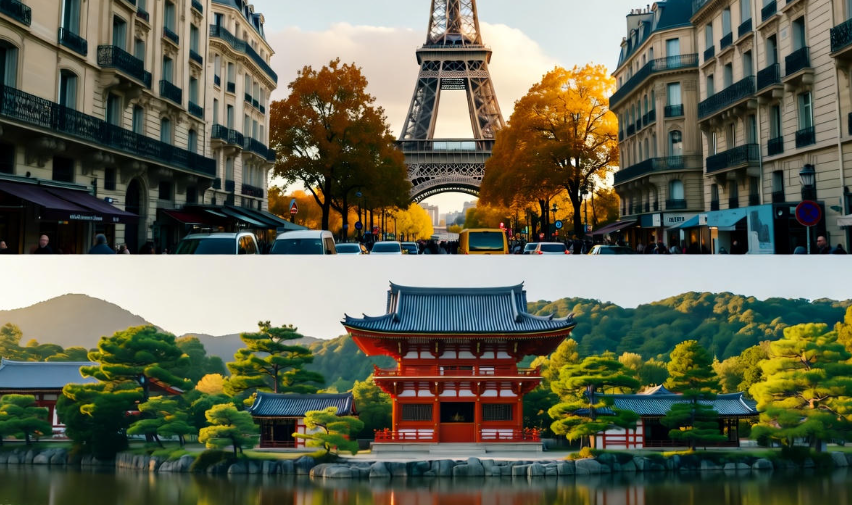
How Geography Shapes a Country’s Culture
Conclusion
Geography is much more than a backdrop—it actively shapes culture in countless ways. From food and clothing to festivals and language, the environment molds how societies grow and interact. Understanding geography is not just about maps; it’s about understanding why cultures are unique and why humans adapt creatively to the world around them.
FAQs
Q1: Can culture change independently of geography?
Yes, culture evolves due to technology, trade, or migration, but geography continues to provide constraints and opportunities that shape how these changes manifest.
Q2: Do deserts always lead to nomadic cultures?
Not always, but harsh desert environments encourage mobility, which historically favored nomadic lifestyles. Modern infrastructure can change this.
Q3: Why do coastal areas have more diverse cultures?
Coastal regions attract trade and migration, bringing people from different backgrounds together, creating cultural melting pots.
Q4: How does geography affect religion?
Sacred sites often relate to natural features like rivers, mountains, or trees. Geography can also influence religious practices and festival timing.
Q5: Can climate change alter culture?
Absolutely. Shifts in climate affect agriculture, housing, clothing, and lifestyle, gradually reshaping traditions and local culture.

